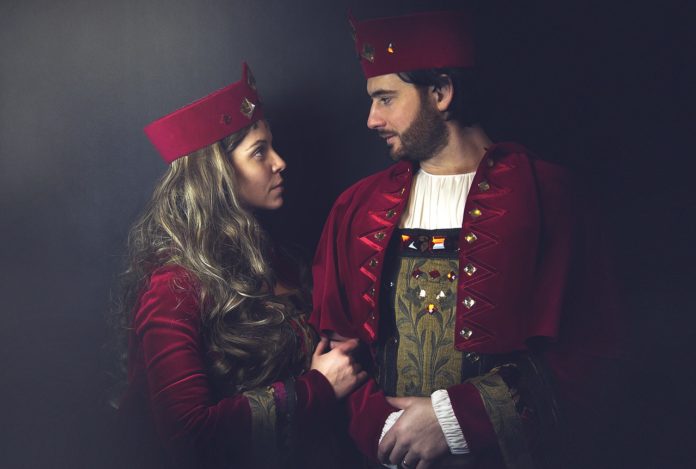
The renaissance was a time of great artistic and scientific progress, it’s also credited with starting the enlightenment. There were many changes in society during this period, not just art! In terms of fashion, we saw some key shifts such as a new interest in dressing up for social events and exploring what colors could be used to add visual impact. Dressing became more elaborate as people looked to find ways to express themselves artistically through their clothes.
This blog post will explore different aspects that define the Renaissance era from an artistic perspective including how artists like Leonardo da Vinci explored designs both realistic and fantastic by illustrating them on paper or canvas. We’ll also look at famous paintings depicting life during this period-notably those done by Jan Van Eyck, Hans Holbein the Younger, and Diego Velázquez- to see how artists use different styles that define the Renaissance.
Thesis:
The aim of this blog post is to explore some key aspects defining the Renaissance era from an artistic perspective, with a particular focus on realistic art as well as those done using fantastical techniques employed by masters such as Leonardo da Vinci.
Throughout history there have been many changes in society during specific periods; not just art! In terms of fashion, we saw important shifts such as new interests in dressing up for social events and exploring what colors could be used to add visual impact. Dressing became more elaborate at this time due to people looking towards ways they could express themselves artistically through their clothes.
The Renaissance spans from the late 1400s to 1550 and artists were inspired by classical art, which was popular during this time period in Italy because of the rediscovery of ancient Greek texts that had been lost for centuries.
Artists came together at workshops like Leonardo da Vinci’s workshop where they would share their knowledge with one another, experiment with new techniques, and collaborate on projects.
Da Vinci himself experimented with a number of different painting styles including “sfumato” or smoky style as well as his famous use of linear perspective using light and dark shading is known as chiaroscuro (literally meaning ‘light-darkness). His paintings are not only recognized for being innovative but also beautiful such as Mona Lisa.
As well, there was religious transformation going on during this period: people began questioning whether Christianity could really offer them salvation after seeing all they went through with plague epidemics and wars breaking out around Europe until it finally ended up destroying itself completely when Martin Luther nailed his 95 theses to a cathedral door in Germany, effectively sparking the Protestant Reformation.
But despite all of this disorder and upheaval going on around them, those living at that time were able to do some really great things in art and culture because they had enough free time from constant warfare for painting murals on their walls or making sculptures out of clay. They also got an education instead of being sent off as child soldiers like many children today are (and even back then).
The renaissance fashion and clothing of the time were different from those of previous periods.
- Men for example started to dress in more comfortable, practical clothing that would allow them to move about freely without being restricted by tight fabrics or heavy metals like the armor they wore during medieval times.
- Women’s fashion shifted as well and typically consisted of a fitted bodice with a wide skirt worn over tights (known as an Elizabethan ruffle) and a high neckline which emphasized their femininity. The Renaissance also saw less use of head coverings such things known as veils, hats, hoods or wimples that were common in other centuries—particularly because women had more freedom than before when it came to pursuing interests outside home and family life.
- The kind of clothing people wore depended on the social status they held: for example princes might wear silk garments whereas merchants would wear wool cloth; laborers tended to go without clothes altogether until at least 1500. According to popular legend, velvet was invented by John I, King of England.
- The Renaissance was a time of cultural change and explored many new ideas in society such as humanism which is the idea that intelligence and creativity are innate parts of being human. Isaac Newton’s discovery of gravity showed us how we must be thinking about the world differently due to new discoveries. This had an impact on art because artists were beginning to use perspective more than ever before; this would not have been possible without the scientific revolution occurring at the same time.











